Centrifugal Left Ventricular Assist Device (LVAD) CFD Simulation, ANSYS Fluent Training
Centrifugal Left Ventricular Assist Device (LVAD) CFD Simulation, ANSYS Fluent Training
- Upon ordering this product, you will be provided with a geometry file, a mesh file, and an in-depth Training Video that offers a step-by-step training on the simulation process.
- For any more inquiries regarding the product, please do not hesitate to reach out to us at info@CFDLAND.com or through our online support assistant.
€300 Original price was: €300.€175Current price is: €175.
Centrifugal left ventricular assist devices (LVADs) are amazing machines that help failing hearts pump blood when they can’t do it alone! When someone’s heart becomes too weak from heart failure, these special blood pumps take over some of the work. First of all, the LVAD connects directly to the patient’s heart, pulling blood from the left ventricle and pushing it into the aorta to keep blood flowing throughout the body. Additionally, the spinning part inside (called an impeller) creates a powerful circular motion that moves blood forward without creating pulse waves. Moreover, unlike older heart pumps that made a pumping action similar to a real heart, these newer continuous flow devices use smooth spinning motion that makes them smaller, more durable, and much longer-lasting! Furthermore, modern centrifugal LVADs are small enough to fit inside the chest and can run for years without breaking down. The clever impeller design creates perfect blood flow patterns that minimize damage to delicate blood cells while providing crucial cardiac output to keep organs alive. In our current study, “ Numerical simulation of centrifugal and hemodynamically levitated LVAD for performance improvement” the reference paper leads us to make the most accurate assumptions.
- Reference [1]: Kannojiya, Vikas, Arup Kumar Das, and Prasanta Kumar Das. “Numerical simulation of centrifugal and hemodynamically levitated LVAD for performance improvement.” Artificial Organs2 (2020): E1-E19.
- Reference [2]: Li, Donghai, et al. “Hemolysis in a continuous-flow ventricular assist device with/without chamfer.” Advances in Mechanical Engineering4 (2017): 1687814017697894.

Figure 1: Schematic of centrifugal LVAD device
Simulation Process
Besides drawing different parts of the geometry model, producing a qualified mesh grid regarding thin blood paths that compound the process is the greatest challenge. However, by using 12021305 elements that are meticulously distributed, we could solve it. The blood behaves like a non-Newtonian fluid. Thus, it requires a proper viscosity model. Indeed, we have come up with a user-defined function (UDF) that relates shear stress to viscosity. For the rotational motion of the LVAD impeller, a Multi-reference Frame (MRF) module is adopted.

Figure 2: A section view of centrifugal LVAC, given in the reference paper
Post-processing
The velocity patterns inside the centrifugal LVAD show us exactly how this amazing heart helper works! As the impeller spins, it creates a powerful swirling motion that pushes blood from the center outward. Our simulation successfully captured flow speeds ranging from 0 up to 3.4 meters per second, with the fastest movement happening at the outer edges of the curved blades. Also, notice how the speed increases gradually as the blood moves from the center to the outside edges! Furthermore, this special curved blade design creates a smooth flow path that reduces damage to delicate blood cells. Most importantly, the even spacing between the blades ensures that blood moves steadily without creating harmful turbulence that could damage red blood cells or cause clots. This perfect balance of speed and gentle handling is exactly why centrifugal pumps have become the gold standard for heart failure treatment!
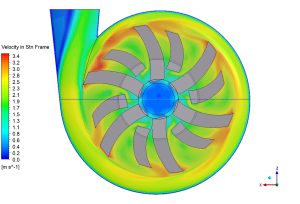
Figure 3: Velocity distribution in the centrifugal LVAD
The pressure map reveals the clever way this pump moves blood through your body! Near the center of the LVAD, the pressure is very low (reaching -6985.2 Pascal), which creates a suction effect that draws blood in from the weakened heart. Our analysis measured a total pressure difference of 7863.4 Pascal from the lowest point to the highest point, which is just right for supporting circulation without putting too much stress on the vessels. Additionally, the highest pressure appears near the outlet area, pushing blood toward the body’s organs. Most importantly, this pressure distribution shows that the pump design efficiently converts the spinning motion into forward flow without creating dangerous pressure spikes. The gentle pressure gradient also ensures that blood cells aren’t squeezed too hard as they travel through the cardiac assist device. This balanced hemodynamics is exactly what doctors look for when choosing the best LVAD for patients waiting for heart transplants or needing permanent heart support!
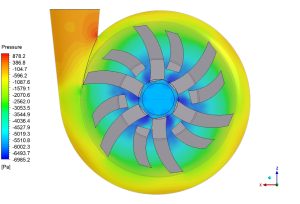
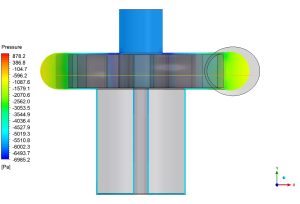
Figure 4: Pressure distribution across the LVAD
We pride ourselves on presenting unique products at CFDLAND. We stand out for our scientific rigor and validity. Our products are not based on guesswork or theoretical assumptions like many others. Instead, most of our products are validated using experimental or numerical data from valued scientific journals. Even if direct validation isn’t possible, we build our models and assumptions on the latest research, typically using reference articles to approximate reality.
Yes, we’ll be here . If you have trouble loading files, having technical problems, or have any questions about how to use our products, our technical support team is here to help.
You can load geometry and mesh files, as well as case and data files, using any version of ANSYS Fluent.
€230 Original price was: €230.€185Current price is: €185.

€185 Original price was: €185.€115Current price is: €115.

€195 Original price was: €195.€165Current price is: €165.

€230 Original price was: €230.€145Current price is: €145.

€200 Original price was: €200.€125Current price is: €125.

€245 Original price was: €245.€185Current price is: €185.
















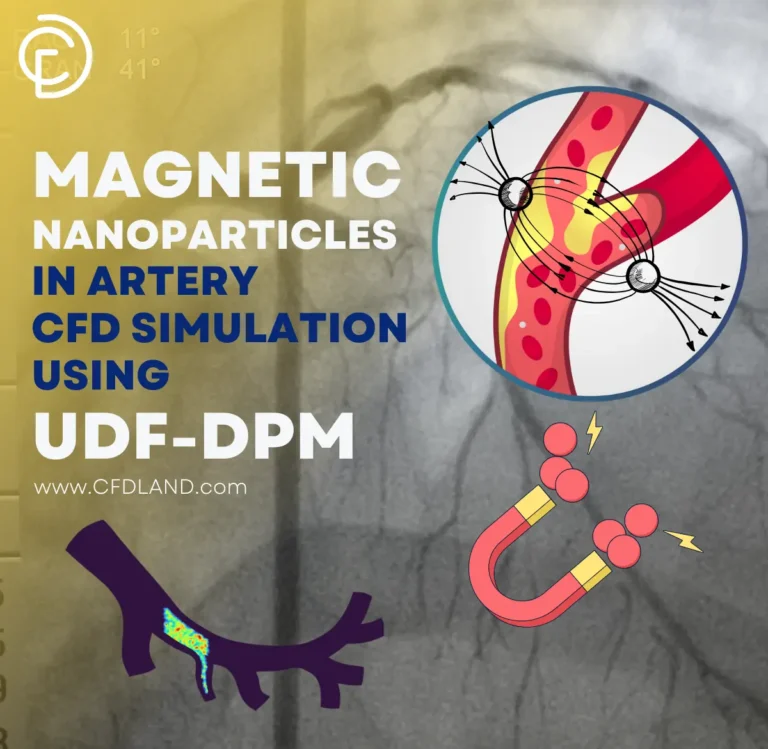
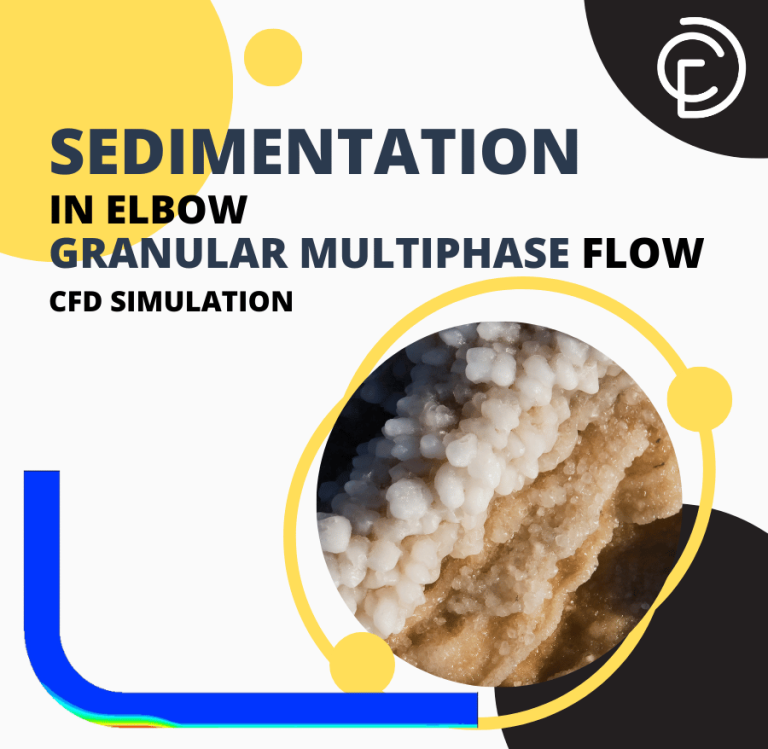

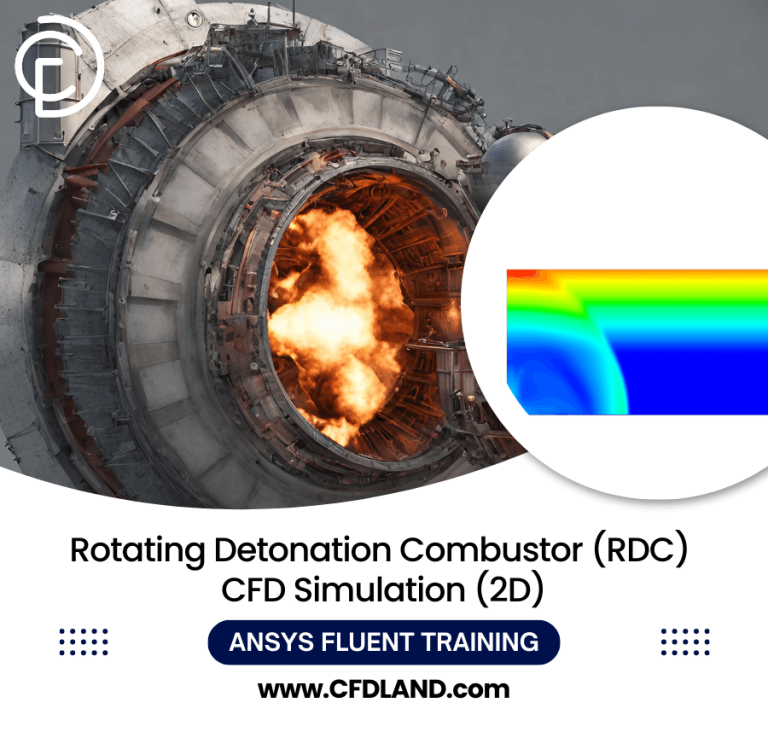


Reviews
There are no reviews yet.